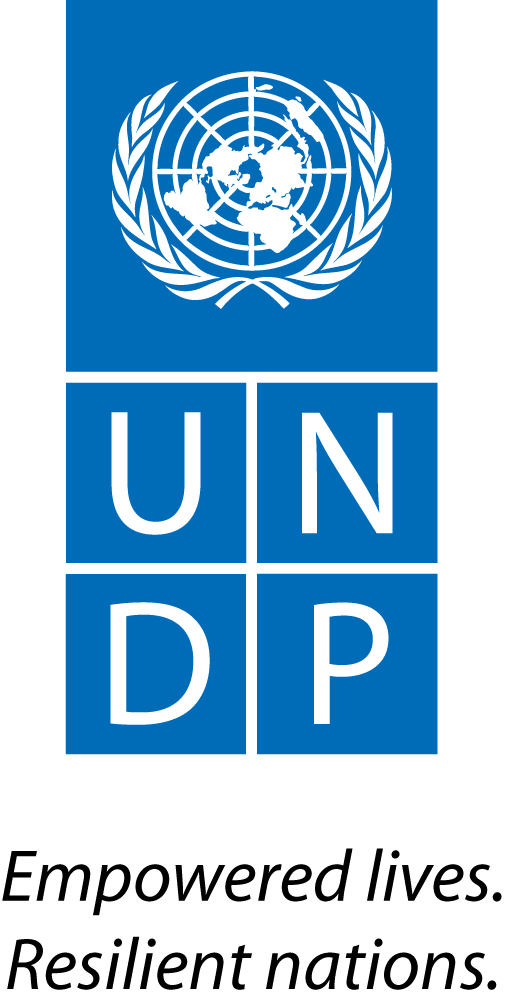http://www.reuters.com/article/2012/10/03/us-investment-growth-volatility-idUSBRE89206F20121003
Like a patient in a critical but stable condition, the world economy may be in for years of low, spluttering growth and yet a lack of volatility may be acting as a green light for investors.
The paralyzing effect of economic uncertainty on investment, business and household planning has been stark over the past five years of credit crisis and the deep and synchronized global recession of 2008/2009 is seared into many minds.
Extraordinary monetary and fiscal policy stimuli around the globe look set to continue for the foreseeable future. Yet investors' fear of "tail risks" - or low probability but outsize shocks - still abounds.
Almost three quarters of the 300 U.S. and European pension funds, asset managers, insurance funds and private banks surveyed by the Economist Intelligence Unit for State Street Global Advisors this summer said a significant tail risk event was either likely or highly likely in the next 12 months.
Euro zone break up and global recession topped the list of potential triggers, unsurprisingly.
But does this inate fear match up to reality? Does uncertainty always lead to higher volatility?
JPMorgan's global strategist Jan Loeys pointed out this week that after spiking higher in 2008/2009, global economic volatility has actually collapsed again to its lowest levels since the 1970s - and this is significant for investors' willingness to take on risk.
Global growth over the past three years is the weakest of any post-war recovery, he said, but 42 years of data shows rolling 8-quarter volatility in world gross domestic product (GDP) is back down at record lows and matches the trough of the "Great Moderation" of 2004-2005.
That drop in underlying GDP volatility goes some way to explaining a drop in the volatility of corporate earnings and earnings expectations and, in turn, the somewhat puzzling drop in implied volatility gauges on U.S. and European equity markets in the face of widespread investor tension.
At about 16 percent, Wall St's VIX - the "Fear Index" - is almost half what it was last December at just a whisker above levels last seen before the crunch of 2007.
Given that most investment models use volatility as a proxy for future risk, these signals are urging many investors to snaffle away the higher yields in riskier markets.
The paying down of excessive pre-crisis debts, or deleveraging, is subduing not only global economic and earnings growth but also market volatility, JPMorgan's Loeys said.
"This can coexist with the uncertainty about the future. The uncertainty keeps risk premia high and this is where your opportunity is," he added, favoring higher-yielding assets such as corporate bonds and the junk bond sector in particular.
VOLATILITY AND RISK
There are other explanations for the counter-intuitive drop in market volatility this year, such as the fall in trading volumes due to the swamping effect of central bank policy and investors' reluctance to transact on days where there is no macro driving factor.
Other analysts simply view extreme lows in volatility as a reason to brace for a correction in the underlying market trend.
But if the sheer scale of policy intervention is at least partly responsible for sapping market volatility as well as preventing big lurches in GDP, then this is not going away soon.
Tail risks will always exist of course, it's just that by definition the most threatening ones are unforeseen and the ones already indentified probably less disruptive as a result.
As Kleinwort Benson chief investment officer Mouhammed Choukeir commented in the EIU/State Street survey: "Europe is the current eye of the storm, but it is not really a tail risk now as it is known. The United States or Japan defaulting would be, and Japan has a huge burden of debt."
A bigger problem is that years of low global growth into giant headwinds of demographic change, resource scarcity and climate change throw up more intangibles than even a mega sovereign default. At least you can model the latter.
High youth unemployment in the Western world, rising dependency ratios in aging populations and dashed aspirations of nascent middle classes in the developing world all throw up social and political risks that are almost impossible to measure.
Activist government policy can smother short-term volatility to good effect for a period but perhaps cautious investors are more mindful of these seismic risks longer term.






